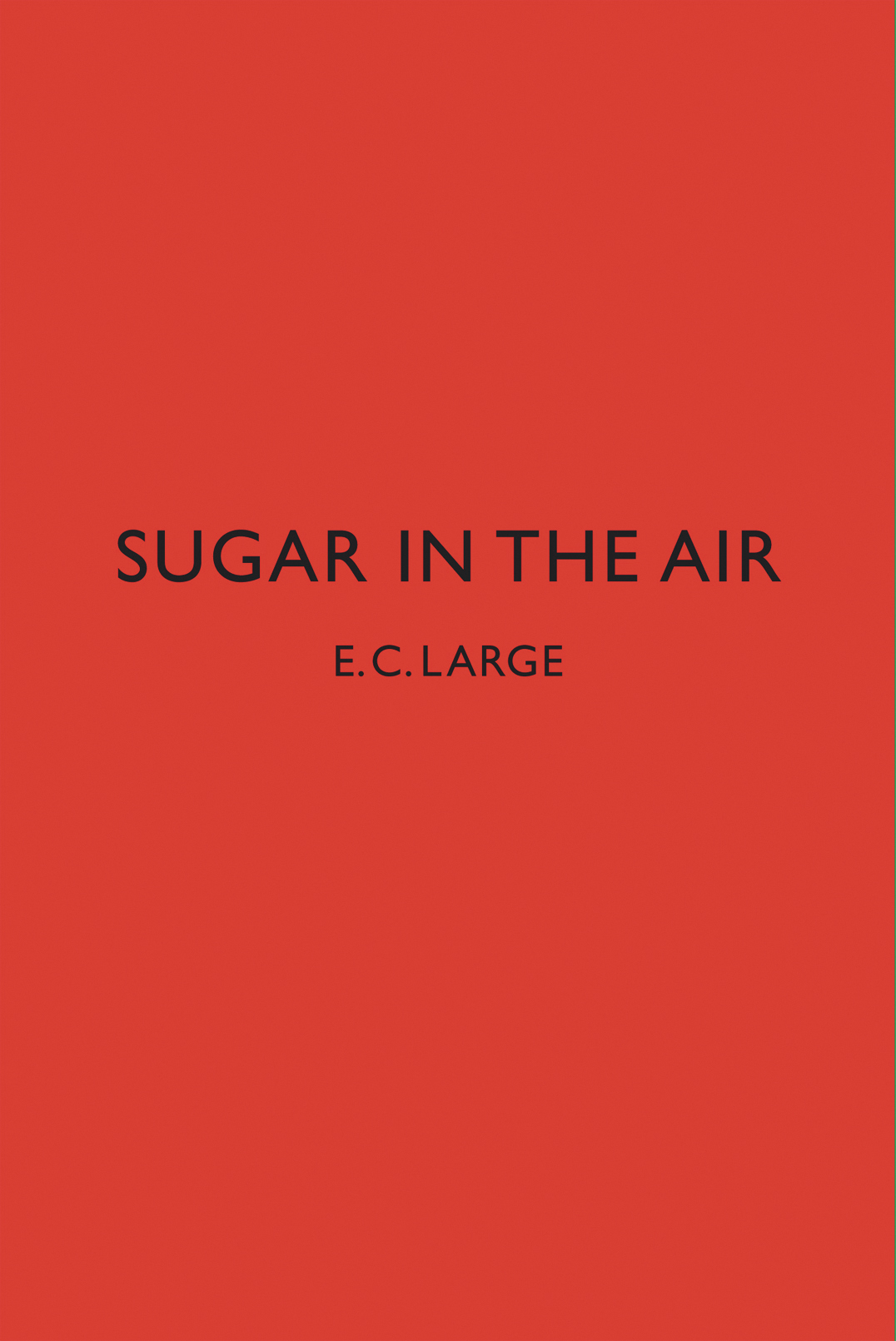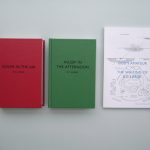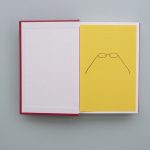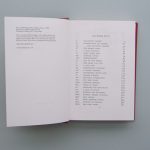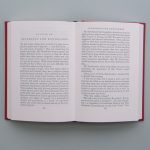This is the novel first published in 1937 in London. We are publishing facsimile editions of this book and its sequel, Asleep in the afternoon. A third book, God’s amateur: the writing of E.C. Large is being published alongside the two novels, as a companion.
Synopsis
Sugar in the air is a ‘scientific romance’ in which the idea of extracting sugar from the air is held, for the duration of the book, in suspended disbelief by the characters involved – especially those who need work in a period of economic recession. Along the way, we are shown the endeavour of manufacturing a new product: how it is developed and brought to the market. This could be a model for any design and production process, and this dimension of the book is one reason for reviving it. At the end of the novel, the central figure (unmistakably modelled on the author) is able to retire and to start writing a novel.
Reviews
Sometimes the best stuff has been out there all along, waiting to be rediscovered and saved from obscurity. When Stuart Bailey (‘Dot Dot Dot’; Dexter Sinister) and Robin Kinross of Hyphen Press, both of whom usually focus on design and typography, decided to release facsimile editions of E.C. Large’s novels ‘Sugar in the air’ (originally published in 1937) and ‘Asleep in the afternoon’ (1938), they rescued a long-forgotten literary treasure whose ‘peculiar charm’ is indeed ‘difficult to pinpoint’, as Stuart Bailey states. It could be the understated precision of Large’s prose, his rather plain style, the modesty about it. It could be the intricate connection between the two novels, the latter being a metasequel to ‘Sugar in the air’ that ‘continues, duplicates, and mirrors it all at once’, as Bailey writes in his essay ‘Science, fiction’ (which is included in ’God’s amateur’, a companion to the works of Large, also released by Hyphen Press). It could also be the fact that these ‘scientific romances’ are not the kind of writing you’d expect from books published in the otherwise rather low-modernist (read: boring, unimaginative) 1930s, or how that strangely unassuming level of convolution doesn’t come off as mere playfulness. It could also be the protagonist himself, a man called Pry, who is – like Large, who was, successively, an industrial chemist, a writer, and a plant scientist ‘driven (not to say condemned) by a compulsion to identify local defects – “What exactly is going on here?” ’ While it’s probably all of the above, we have to say that E.C. Large certainly knew how to create a proper page-turner. You simply HAVE to read on. You want to know more about Pry’s fate, his respective projects’ fate, whether it is extracting sugar from the air or writing one of these novels (which, apart from sugar and novels, actually deal with a lot of things: the mass-market, design issues, love, sleep, bureaucratic absurdities) as if the paper was in fact sugar-coated.
RNK, Lowdown [Berlin], no. 74, December 2010 – January/February 2011
